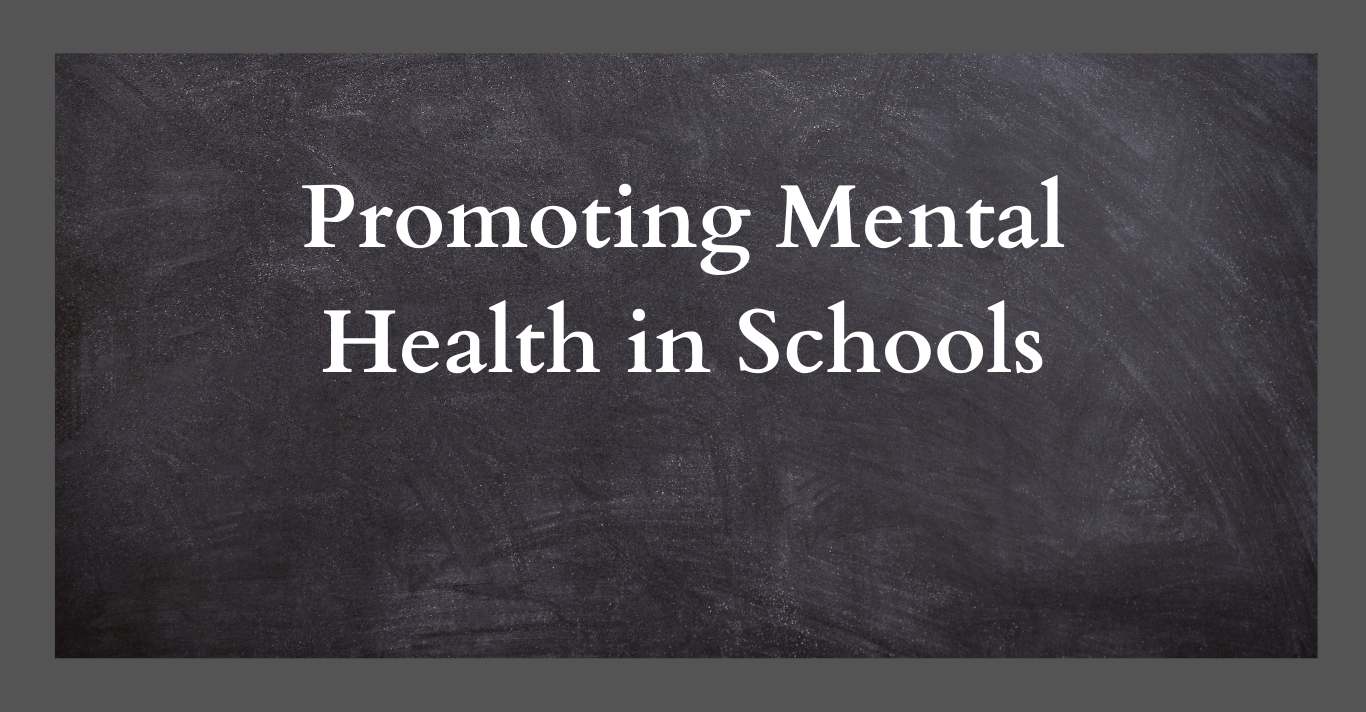Mindful Learning: Promoting Mental Health in Schools– In today’s fast-paced and demanding world, the mental health of students is of utmost importance. The concept of mindful learning has gained traction as a holistic approach to education that not only focuses on academic success but also promotes mental well-being. This article delves into the significance of mindful learning in schools and how it can contribute to the overall mental health of students.
Table of Contents
- Introduction: The Crucial Connection between Education and Mental Health
- What is Mindful Learning?
- The Benefits of Mindful Learning for Students
- Integrating Mindful Learning into Educational Settings
- Case Studies: Schools Embracing Mindful Learning
- Overcoming Challenges in Implementing Mindful Learning
- Mindful Learning and Academic Performance: Finding the Balance
- Fostering Mindful Parent-Teacher Partnerships
- The Role of Technology in Mindful Learning
- A Step Towards Emotional Intelligence: Mindful Learning and Social Skills
- Beyond the Classroom: Mindful Learning in Remote and Online Education
- Mindful Learning for Educators: Enhancing Teaching and Self-Care
- Mindful Learning as a Lifelong Skill: Preparing Students for the Future
- The Global Movement: Mindful Learning on a Larger Scale
- Conclusion: Nurturing Resilience and Well-being through Mindful Learning
Introduction: The Crucial Connection between Education and Mental Health
In a world where academic pressures and societal expectations weigh heavily on students, the need for a comprehensive approach to education that nurtures both intellectual growth and mental well-being is evident. Mindful learning stands as a promising solution to this challenge, offering a way to support students’ emotional, psychological, and cognitive development.

What is Mindful Learning?
Mindful learning involves the practice of being fully present and attentive during the learning process. It draws from mindfulness principles, encouraging students to engage with their thoughts, feelings, and experiences without judgment. By incorporating mindfulness techniques into education, students learn to cultivate self-awareness and a deeper understanding of themselves and their surroundings.
The Benefits of Mindful Learning for Students
Reduced Stress and Anxiety
One of the primary benefits of mindful learning is its ability to alleviate stress and anxiety. Through mindfulness practices, students develop coping mechanisms that help them manage academic pressures and navigate challenging situations with greater resilience.
Improved Concentration and Focus
Mindful learning enhances students’ concentration and focus by teaching them how to direct their attention to the present moment. This heightened awareness leads to improved comprehension, retention of information, and ultimately, better academic performance.
Enhanced Emotional Regulation
By learning to observe their emotions without reacting impulsively, students gain emotional intelligence and improved self-regulation. Mindful learning equips them with tools to handle difficult emotions, fostering a positive and harmonious classroom environment.
Integrating Mindful Learning into Educational Settings
Mindfulness Practices in the Classroom
Incorporating mindfulness practices into daily routines, such as guided breathing exercises or short meditation sessions, can help students start their learning journey with a calm and focused mindset.
Creating Mindful Environments
Schools can establish mindful environments by designing spaces that promote relaxation and reflection. Natural elements, soothing colors, and comfortable seating arrangements contribute to a conducive atmosphere for mindful learning.
Teacher Training in Mindful Techniques
Educators play a pivotal role in fostering mindful learning. Offering training to teachers in mindfulness techniques equips them with the skills to effectively guide students in practicing mindfulness and creating a harmonious classroom.
Case Studies: Schools Embracing Mindful Learning
Several schools have embraced mindful learning with remarkable results. For instance, at Greenfield High School, mindfulness sessions have been integrated into the curriculum, leading to a noticeable reduction in disciplinary issues and an improvement in students’ overall well-being.
Overcoming Challenges in Implementing Mindful Learning
Cultural and Societal Barriers
Implementing mindful learning may face resistance due to cultural or societal norms. Schools must navigate these challenges sensitively and highlight the universal benefits of mindfulness for mental health.
Curriculum Integration
Balancing mindful learning with academic demands can be challenging. Schools need to integrate mindfulness seamlessly into the curriculum, showing how it enhances students’ learning experience.
Sustaining Mindful Practices
Consistency is key to reaping the benefits of mindful learning. Schools must develop strategies to sustain mindfulness practices over the long term, involving teachers, parents, and the community.










